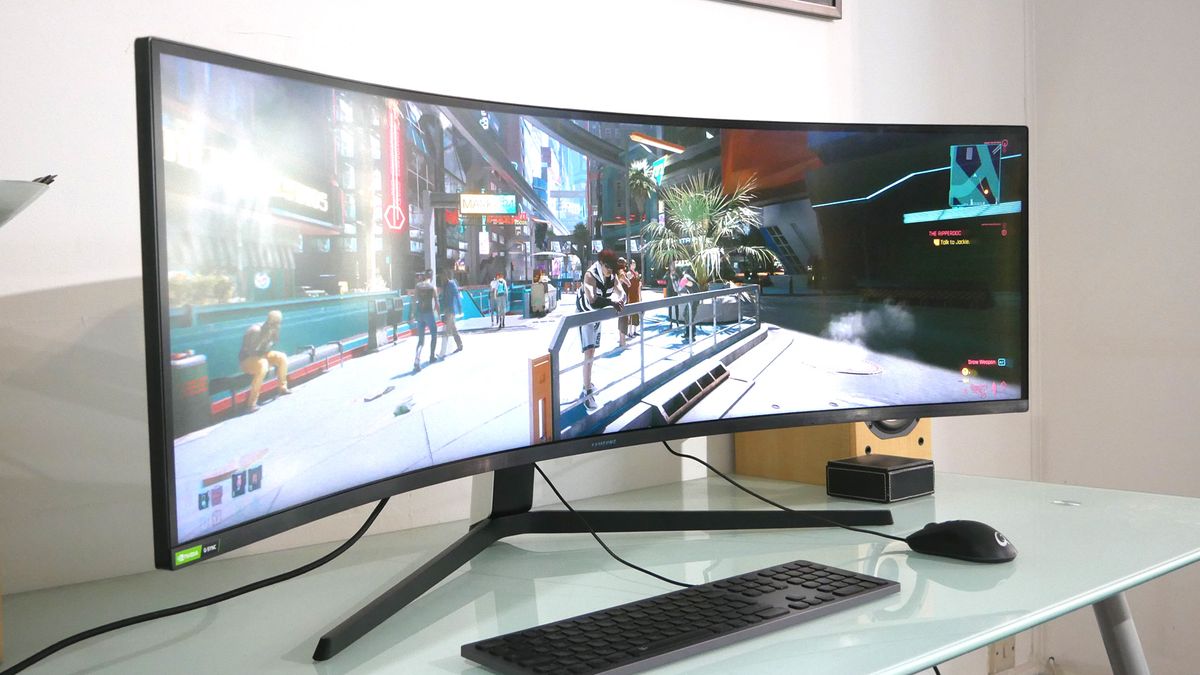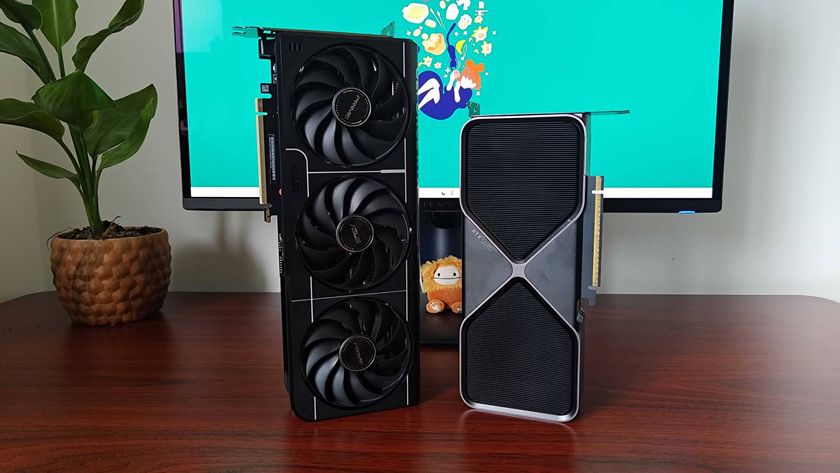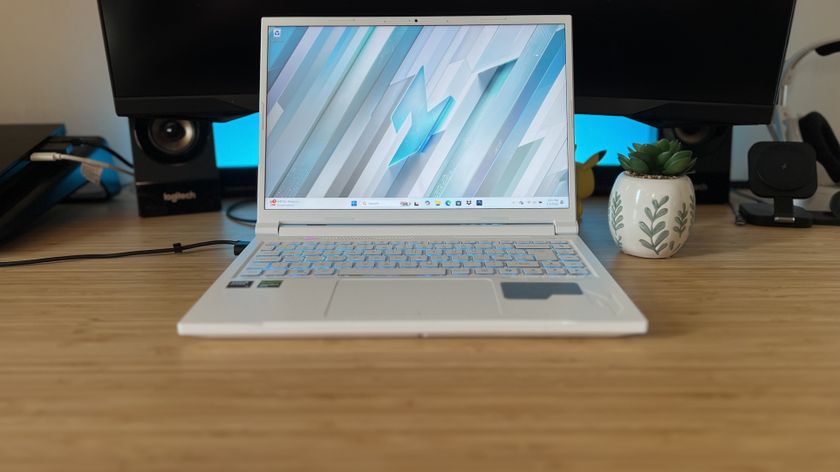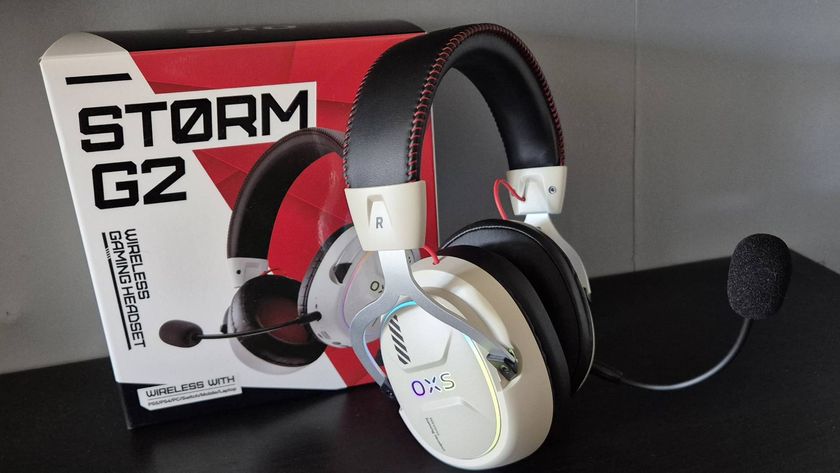12DOVE Verdict
Epically immersive, but also slightly flawed.
Pros
- +
Ridiculously big and immersive
- +
Impressive response
- +
Punchy VA panel
Cons
- -
HDR performance is disappointing
- -
Aspect ratio can be problematic
- -
Expensive
Why you can trust 12DOVE
Eventually, there will surely be a limit to how big, how curved, how ridiculously wide the best curved gaming monitors for PC can possibly be made. But we’re not there yet. Oh, no. For proof, look no further than the outrageous Samsung Odyssey G9.
It’s not just the size of this thing that boggles the brain: 49 inches is plenty, don’t get us wrong. But it’s the hilariously tight curve of the panel that’s hardest to compute. How the heck Samsung manufactures a screen this bent is anyone’s guess. We’re not even totally sure how Samsung goes about measuring it to come up with that 49-inch metric.
Anyway, beyond the preposterous proportions, the G9 has plenty more going for it in its attempts to join the best gaming monitor race. There’s 240Hz refresh, 5K by 1.5K resolution, HDR 1000 certification, and 1ms response. And that’s just the highlights. As for the cost of that kind of feature set, well, if you have to ask, you’re not going to like the answer. One other word of warning, thanks to the extreme aspect ratio and oddball native resolution, this monitor isn’t going to be bothering the Xbox Series X monitor, best PS5 monitor, or best PS4 monitor markets, so you're best off looking elsewhere for those. It’s also not a great fit for watching videos and movies, either.
Design & Features
The Odyssey G9 is extremely expensive. So, it’s just as well Samsung has its megabucks design cues down pat. OK, the chassis and stand are cloaked in plastic. But it’s glossy and snazzy and sophisticated. Think big-budget sci-fi movie prop and you’ve got the idea.
It’s also huge and very heavy for a PC monitor - all too often the largest screens lack any attempt at ergonomics. Certainly, you’ll need quite the desk to accommodate this beast. But the G9’s stand can be tweaked for height, tilt, and swivel. Once you have it firmly planted, there’s a good range of adjustments available.

Up front and not just centre but also dominating your peripheral vision is the Samsung Odyssey G9’s wild 49-inch LCD panel. It’s based on VA rather than IPS panel technology, which can be a worry regarding response.
Res-wise, we’re talking 5,120 by 1,440 pixels, ie two 2,560 by 1,440 16:9-aspect monitors fused side-by-side, hence the ultra 32:9 panel ratio. The other really extreme ergonomic element is the 1000R curve. It translates. Were you to construct a circle composed of Samsung Odyssey G9 panels, it would be just one metre in radius or two metres across. That’s some serious curve.
If the rest of the spec list isn’t quite as outrageous, it’s still impressive. Samsung claims 1ms GtG pixel response, which is very speedy for a VA panel (even if seeing is believing when it comes to response time specifications). Then there’s VESA DisplayHDR 1000 certification along with peak brightness of 1000 nits (typical full-panel brightness is quoted at 420 nits), 95 per cent DCI-P3 colour coverage and 2,500:1 static contrast.
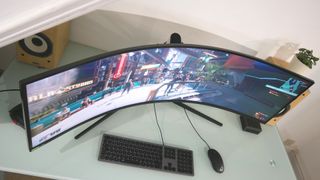
Connectivity is covered by dual DP 1.4 ports and a single HDMI 2.0 port (the latter doesn’t support high refresh). Oh, and did we mention that it will run at 240Hz and is an Nvidia G-Sync compatible FreeSync monitor? This monitor certainly delivers the numbers.
However, if there’s one measure by which the G9 disappoints, it relates to HDR performance. Despite the HDR 1000 rating, there are only 10 edge-lit dimming zones. So, this simply isn’t a genuine HDR monitor. For that, we’ll have to wait for the successor to the G9, which is expected to have mini-LED tech and over 2,000 zones.
Performance
Worry not about the pixel response of the G9’s VA panel. It’s hella quick. Samsung has included three levels of user-configurable overdrive in the OSD menu. Honestly, it’s hard to tell the difference. But the subjective experience is of super-quick and sharp response that’s comparable to the best IPS monitors. That includes when adaptive sync is enabled, despite the fact that overdrive can’t be toggled on at the same time.
Running in standard SDR mode, this is a seriously punchy panel. It’s stupidly, thrillingly immersive, in-game, thanks to the huge scale of the screen, the inherent saturation and contrast of the VA panel tech, plus the fluid rendering and low latency that comes with 240Hz refresh. That’s all assuming you have one of the best graphics cards, or one of the best gaming laptops, or best gaming PCs with the right amounts of GPU power to drive this panel at high frame rates. Don’t even bother trying to cut corners there.
Of course, not many games are fully optimised for the extreme 32:9 aspect ratio. The wider theoretical field of view is rightly deemed an unfair advantage in online shooters like Call of Duty: Warzone, Fortnite or CS:GO. So, you have to choose between stretching a 16:9-aspect field of view across the whole panel or running with large black bars left and right. The perfect esports monitor this most definitely ain’t.
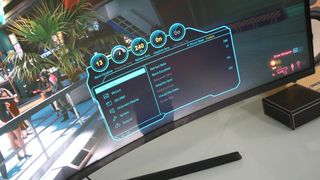
Even the latest single-player adventures often use some stretching at the periphery by default. As for strategy titles, your mileage will vary depending on the location and configurability of permanent parts of the in-game user interface and support for the extreme 5K1.5K resolution. The moral of the overall story is that you can’t just assume that a given game will play nicely with the G9’s ultrawide aspect ratio.
Another niggle involves HDR performance. In HDR mode, the G9 is underwhelming, rarely hitting the sort of visual highs you’d expect from an HDR 1000 monitor. In truth, it’s better thought of and used as a very vibrant SDR screen.
If that all sounds like the G9 was a disappointment, the problem is very high expectations. In the right context, this is one heck of a screen. Cyberpunk 2077 is our go-to eye candy of the moment and it looks epic painted across the G9’s glorious 49-inch panel, the huge scale and tight curve really pulling you into the game world curve.
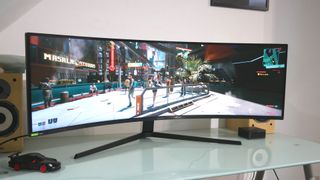
Overall - should you buy it?
Curved gaming panels are something of an acquired taste. We recently loved the MSI MPG ARTYMIS 343CQR, so we’re definitely not against the idea. The Samsung Odyssey G9 is a slightly harder sell, however.
For starters, the HDR 1000 certification is misleading. The G9 isn’t a true HDR display. The extreme aspect ratio also limits its usability both ergonomically and in terms of video and game content, particularly with regard to game consoles which aren’t really a goer with this monitor.
Likewise, as an all-round desktop proposition, it’s tough to justify when you could have, say, a pair of really nice 32-inch 4K gaming monitors for less money. But get the G9 into its sweet spot playing a title with plenty of eye candy and it will blow everything else clean off the desktop, it’s that spectacular.
All that said, if you’re seriously considering the G9 but can’t quite stomach the price, Samsung also offers the CRG9. It’s another 49-inch 5K1.5K panel. It only runs at 120Hz. And its curve is much more gentle. But it delivers 95 percent of the thrills for about 75 percent of the money.
A serious dissertation on the finer points of input lag and overshoot followed by a forensic examination of AI-accelerated temporal upscaling. Such is a routine day in the working life of long-time tech wordsmith, Jeremy Laird. Along with GamesRadar, Jeremy’s 15-year back catalogue includes a host of tech and gaming outlets, including TechRadar and PC Gamer, not to mention contributions to mainstream media from the Independent to the Evening Standard. Complimenting Jeremy’s debilitating addiction to all kinds of digital hardware, he is also afflicted by an obsession with and a significant occupational sideline in cars and automotive technology.
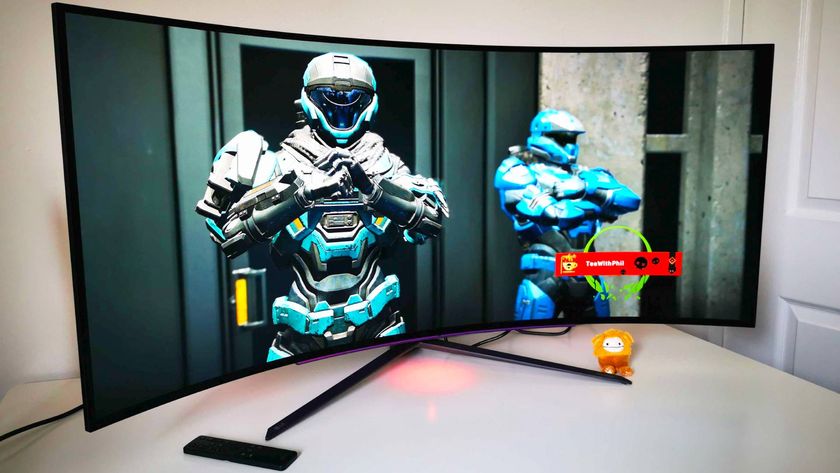
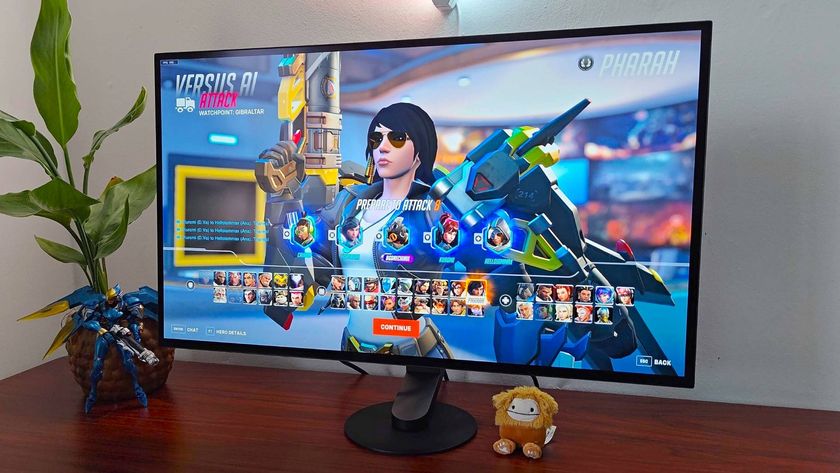
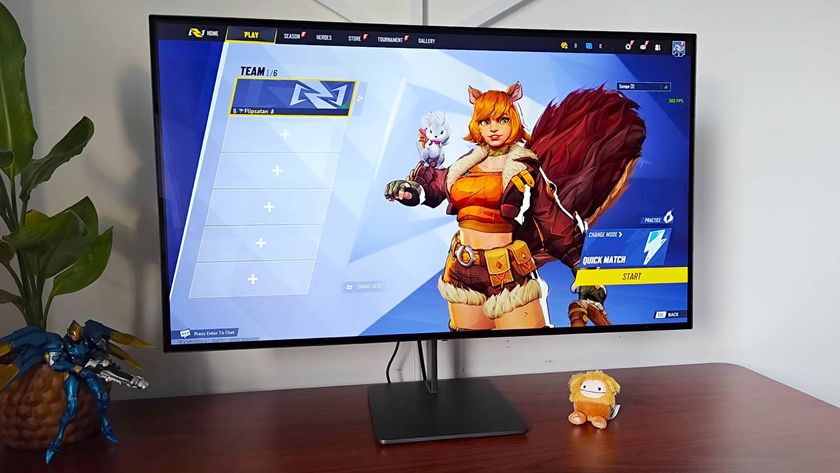
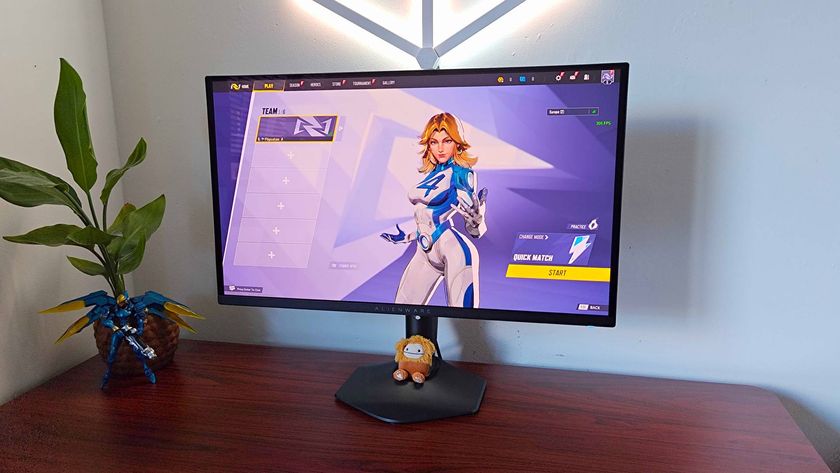
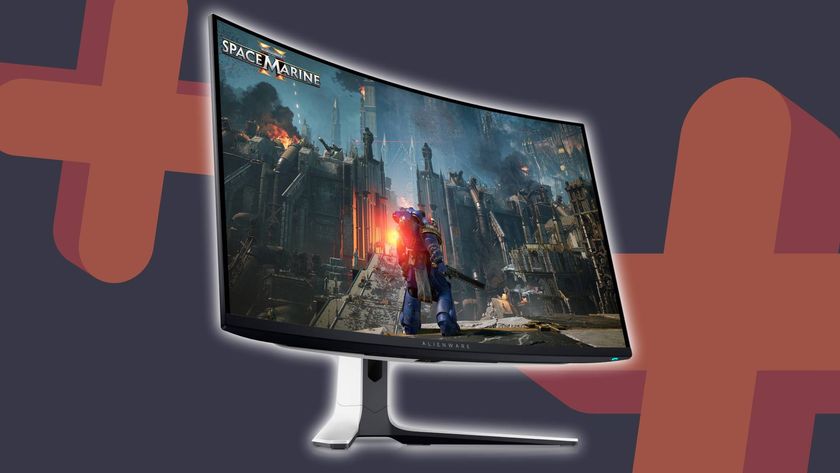
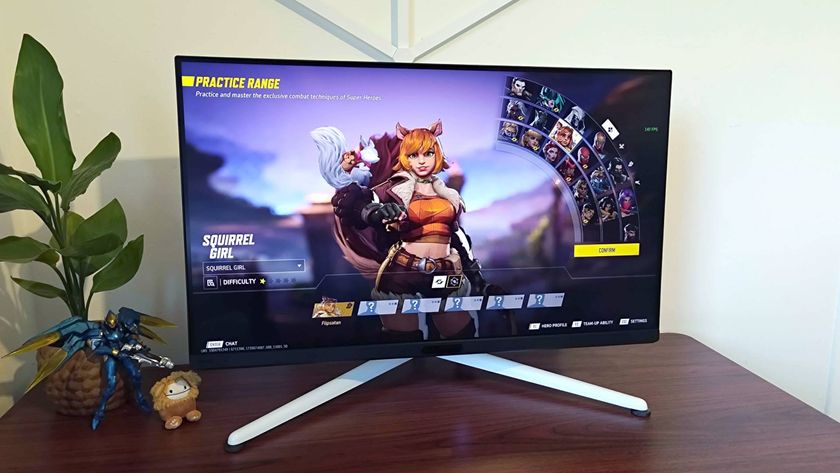






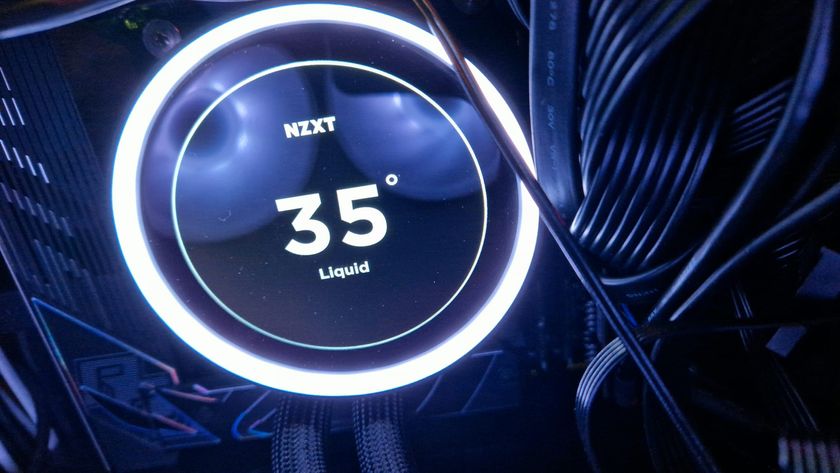
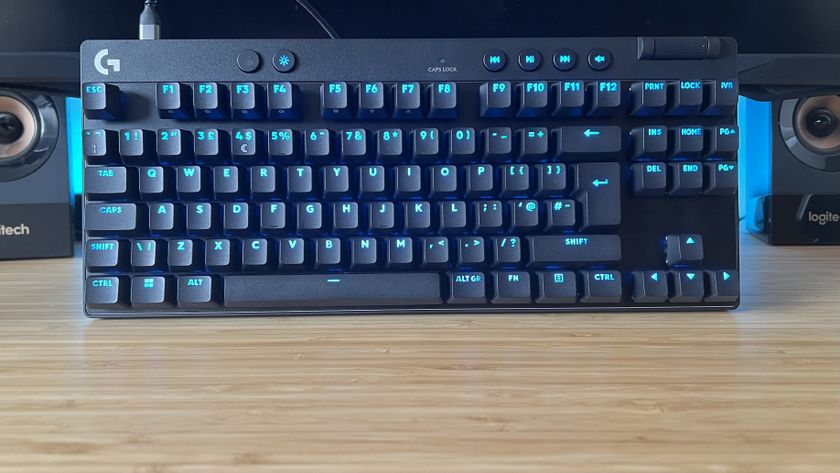


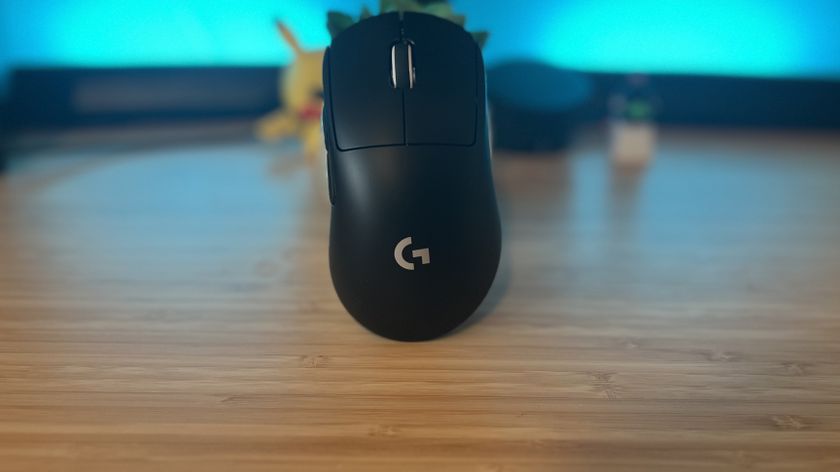


Marvel fans are discussing which of the Netflix series characters would have survived the Blip

PUBG creator's wilderness survival game actually draws inspiration from an unexpected place - a whole raft of zombie games like DayZ, Project Zomboid, and Left 4 Dead

The Witcher 3 devs created a Jekyll & Hyde-style character for their new vampire RPG "because nobody yet has done that"
